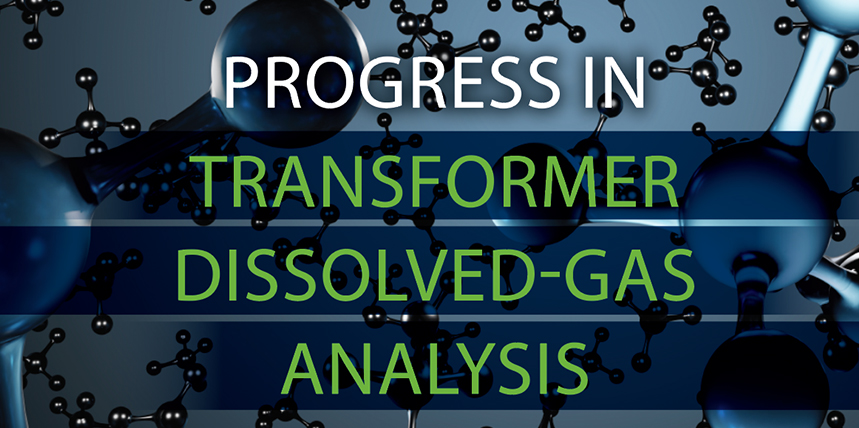Dissolved-gas analysis started out many years ago as a quick and simple test: Someone in the substation would briefly open a valve and sniff the transformer’s head-space gas. The pungent odor of a trace of acetylene would signify a potentially serious problem. By the late 1960s, it was possible to use a gas chromatograph as a much more sensitive nose …
What’s in a Partial Discharge Monitoring System?
Partial discharge (PD) testing is becoming common in U.S. industrial systems and is gaining acceptability in U.S. utilities. Testing in the form of periodic surveys can provide valuable insight into asset condition. Beyond periodic surveys, full-time system monitoring is the state of the art in PD detection, offering additional capabilities that: Warn of rapidly evolving PD situations that might go …
High-Voltage Arc Flash Assessment and Applications—Part 2
Part 1 of this article, which was the cover story in the previous issue of NETA World, explored the need for high-voltage arc flash (HVAF) assessment to protect utility workers who are exposed to voltages above 15kV. It also compared various methods to calculate the incident energy from HV and MV electric arcs. Analyzing the results demonstrated that several methods …
A Tribute to John Moore 1942-2019
I met John Moore in 1975 at an IEEE meeting in San Francisco. He had started Electro-test, Inc. (ETI) in his garage just four years earlier. I was fascinated by his enthusiasm and passion for his business. I was working at a large corporation then, and at the time, I didn’t even understand why such a service was needed; the …



